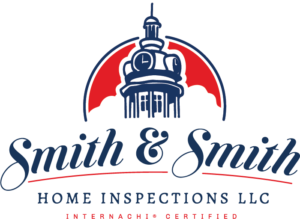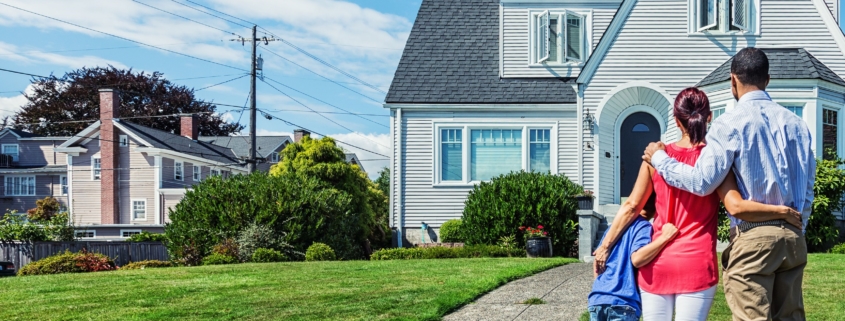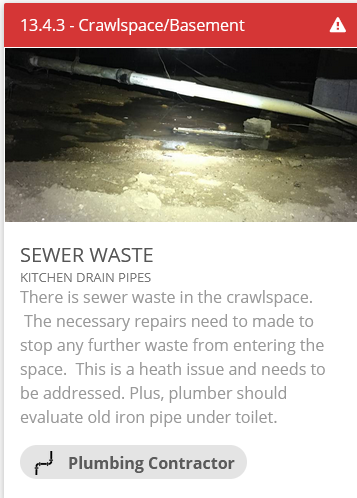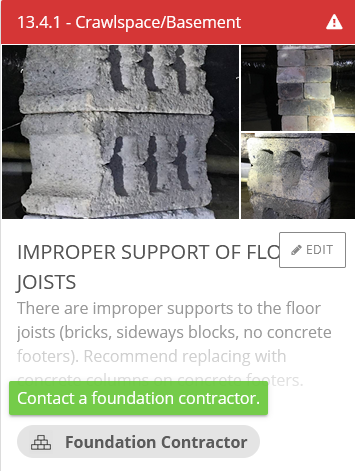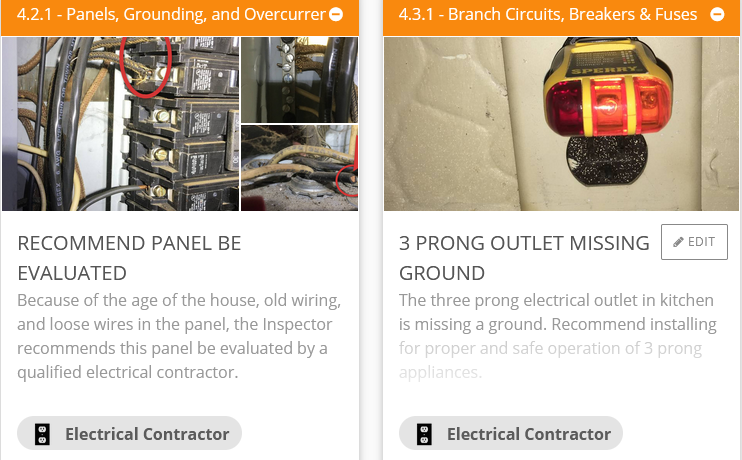Here are Three Most Common Mistakes Every Home Buyer Should Avoid
Common Mistake #1: Thinking you can’t afford it.
Many people who thought that buying the home of their dreams was simply out of their budget are now enjoying a wonderful lifestyle in their very own homes.
Buying a home is one of the smartest financial decisions you will ever make. As a matter of fact, most homeowners would be broke at retirement if it wasn’t for one saving grace, the equity in their homes. In addition, tax allowances favor home ownership.
History shows, real estate values have always risen steadily. Of course, there are highs and lows, but the long-term trend is a consistent increase. This means that every month when you make a mortgage payment, the amount that you owe on the home goes down and the value typically increases. This “owe less, worth more” model is called equity build-up, and is the reason you can’t afford not to buy.
Even if you have little money for a down payment or credit problems, chances are that you can still buy that new home. It all comes down to working with the right people, and knowing the right strategies.
Common Mistake #2: Not hiring a buyer’s agent to represent you.
Buying property can be a complex and stressful endeavor. In fact, it is most often the biggest, single investment you will ever make in your lifetime. At the same time, real estate transactions have become increasingly complicated. New technology, laws, procedures, and competition from other buyers require buyer agents to perform at an ever-increasing level of professionalism and competence. Plus, making the wrong decisions can end up costing you thousands of dollars. This is not the way that it has to be!
Find and work with a buyer’s agent that has a keen understanding of the real estate business and the local market. A buyer’s agent has a fiduciary duty to you. That means that they are loyal only to you, and are obligated to look out for your best interests. A buyer’s agent can help you find the best home, the best lender, and the best home inspector in your area. That inspector should be an InterNACHI certified home inspector because InterNACHI inspectors are the most qualified and best-trained inspectors in the world.
Trying to buy a home without an agent or a qualified inspector is, well… unfathomable.
Common Mistake #3: Getting a cheap inspection.
Buying a home is more than likely the most expensive purchase you will ever make. This is no time to shop for a cheap inspection or the cheapest home inspector. The cost of a home inspection is relativity small compared to the value of the home being inspected. The additional cost of hiring a certified home inspector is almost insignificant by comparison. As a home buyer, you have been number crunching, negotiating offers, adding up closing costs, shopping for mortgages, and trying to get the overall best deals. Don’t stop now! Don’t let your real estate agent or anyone else talk you into skimping here.
